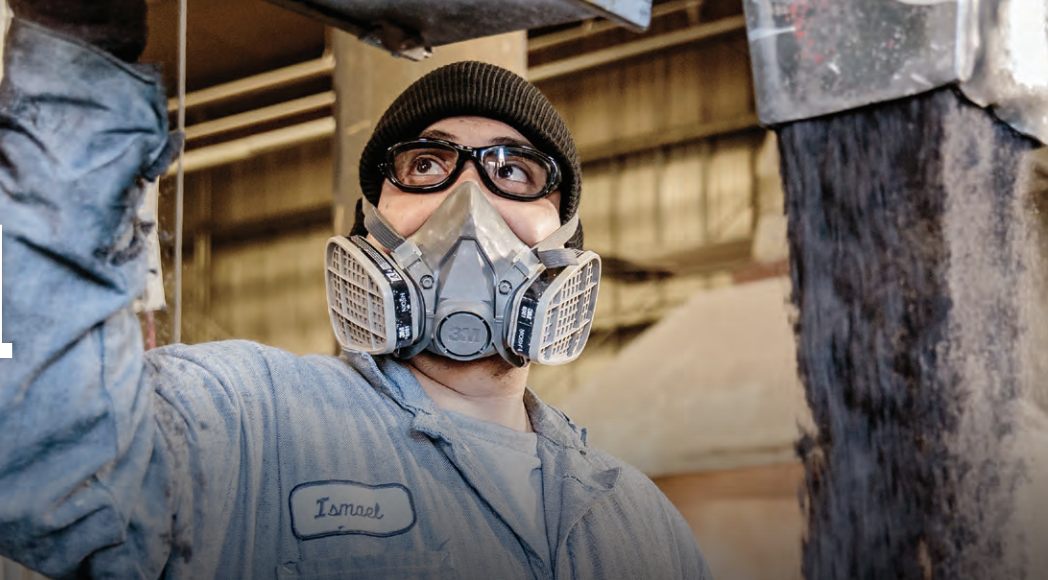Eye Health, Safety
Preventing Workplace-Related Eye Injuries
As we’ve discussed in previous blogs, more than 20,000 workplace eye injuries happen every year, according to the U.S. Bureau of Labor Statistics. These injuries range from eye strain to severe damage to the eye causing permanent damage if not taken care of immediately.
Although we often focus on our eye health as the primary concern, there is also quite a financial burden on employers. OSHA reported that it costs around $300 million every year to pay for work-related eye injuries. Getting injured also costs employers productivity, medical treatment, and workers’ compensation.
Workplace-related eye injuries can often start with undiagnosed vision loss, leading to accidents happening such as invasion of foreign objects, blunt force trauma, chemical exposure, or conjunctivitis. But here are the most common workplace eye-related injuries:
- Eyestrain– This can easily occur when you spend too much time focusing on computer screens or digital devices.
- Severe Trauma– Often, this happens due to flying objects hitting the eye, which can cause bleeding, retinal detachment, and injuries to the bones around the eye.
- Vision Loss– Loss of sight can happen over time from the injuries listed above or be due to chemical exposure or another undiagnosed issue.
- Blindness– Blindness can occur when exposed to job-related hazards, including chemicals and other toxic substances, when employees are not wearing protective eyewear.
Before an eye injury causes irreversible damage, learn when it’s time to treat it by looking for common symptoms such as trouble seeing, pain, tears or cuts on the eyelid, unusual or different pupil sizes, or the feeling that something is stuck in the eye. A doctor’s examination can quickly determine the damage or the problem, even if it is a minor issue.
But did you know that 90% of workplace eye-related injuries can be avoided by wearing proper safety eyewear? Keeping your eyes safe during work is especially important for those in higher-risk jobs such as construction, carpentry, welding, auto repair, mining, electrical work, manufacturing, plumbing, and maintenance.
Here are our suggestions for eye protection:
- A pair of non-prescription/prescription safety eyewear from Wiley X or Pentax if you work around flying objects, dust, or particles.
- Safety goggles if you are working with chemicals.
- A face shield with a helmet if your job includes hazardous radiation.
- A full-face respirator for those with jobs working with unpredictable materials.
- An anti-reflective or blue light coating on your lenses to prevent eye strain for those who work at a computer all day.
For any job, all safety eyewear is required to meet the standards of the Occupational Safety and Health Act of 1970. This act ensures all employers provide a healthy work environment to keep you safe from exposure to mechanical dangers, toxic chemicals, and other unsanitary conditions.
As a company, it will save you time and money if you are proactive. When you require your employees to follow safety guidelines and wear protective eyewear, you can protect them from any pain and damage to their eyes. You can also increase their productivity and decrease the amount spend on workers’ compensation and medical treatment.
A workers’ vision is essential to their ability to get the job done. Encourage all your employees to get annual eye exams, offer them vision insurance, and make sure your company has a corporate program in place. If you don’t, reach out to our team at SafeVision. We can discuss the benefits and choose a safety eyewear program that fits your company’s needs.

